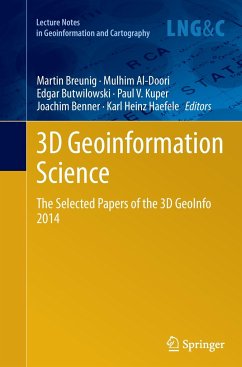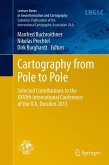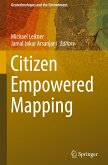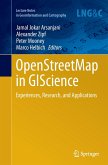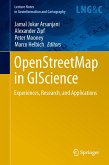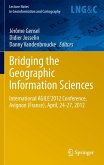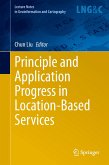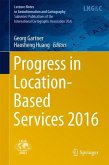Nowadays 3D Geoinformation is needed for many planning and analysis tasks. For example, 3D city and infrastructure models are paving the way for complex environmental and noise analyzes. 3D geological sub-surface models are needed for reservoir exploration in the oil-, gas-, and geothermal industry. Thus 3D Geoinformation brings together researchers and practitioners from different fields such as the geo-sciences, civil engineering, 3D city modeling, 3D geological and geophysical modeling, and, last but not least, computer science. The diverse challenges of 3D Geoinformation Science concern new approaches and the development of standards for above- and under-ground 3D modeling, efficient 3D data management, visualization and analysis. Finally, the integration of different 3D approaches and data models is seen as one of the most important challenges to be solved.
"The book 3D Geoinformation Science - The Selected Papers of the 3D GeoInfo 2014 is a good summary of current activity in 3D geoinformation, particularly as it relates to infrastructure and buildings. The collection of presentations in this book are focused on visualization within 3D concepts and the creation of 3D physical structures. ... For this reason readers will find this book highly informative, interesting and a good reference for understanding 3D Geoinformation." (Jeff Thurston, 3D Visualization World Magazine, March, 2015)

